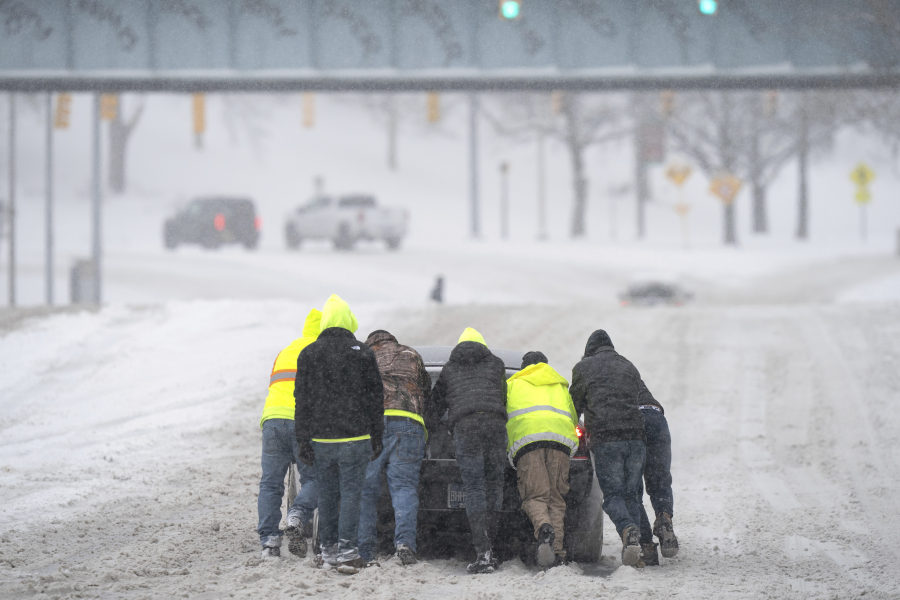Much of the United States is shivering through brutal cold as most of the rest of the world is feeling unusually warm weather. However strange it sounds, that contradiction fits snugly in explanations of what climate change is doing to Earth, scientists said.
In a map of global temperatures the last several days, big chunks of the world — the Arctic, Asia, parts of Africa, the Middle East and South America — show as dark red, signifying more than a dozen degrees Fahrenheit (7 degrees Celsius) warmer than the late 20th-century average. But the United States stands out like a cold thumb — a deep bluish-purple that is just as out of whack but on the frigid side.
Wind chills in parts of North Dakota reached minus 70 degrees (minus 56 degrees Celsius), while the heat index in Miami was more than 160 degrees warmer at 92 (33 degrees Celsius). The fourth-coldest NFL football game took place in Kansas City, while across the globe the thermometer hit a blistering 92 degrees, 12 degrees (6.8 degrees Celsius) warmer than average on Friday during tennis’ Australian Open in Melbourne. Warm temperature records fell overnight in Aruba, Curacao, parts of Argentina, Oman and Iran.
Where weather was warmer than usual, it was happening both in the southern hemisphere, which is in summer, and in the northern hemisphere, which is in winter. For example, Oman, in the north, had its warmest January night ever at 79.5 degrees (26.4 degrees Celsius). Argentina, in the south, had a record for warmest January night at 81.1 Fahrenheit (27.3 Celsius).



